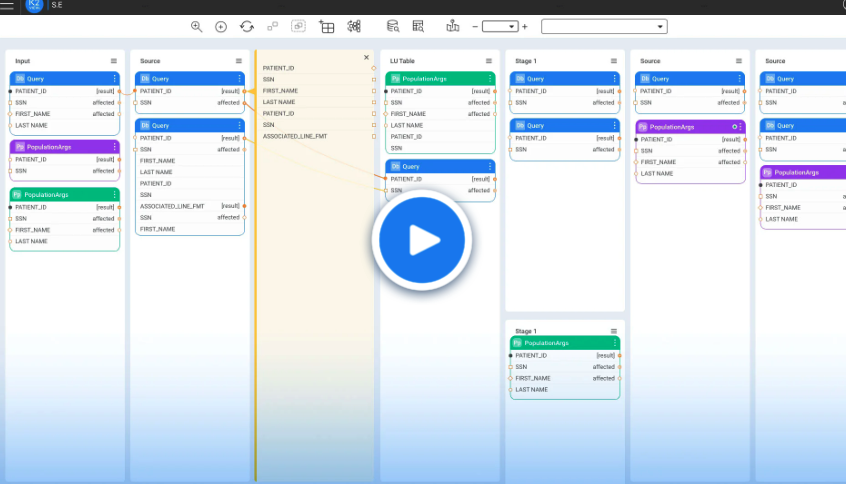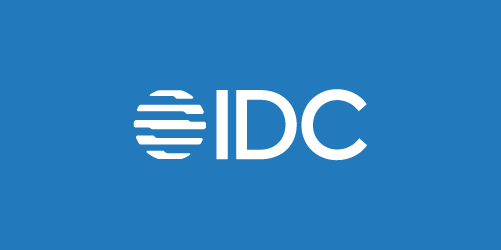Intro to data masking
Data masking protects sensitive information by replacing it with fake but realistic data. It’s a way for organizations to use real datasets for software development, analytics, or training – without putting personal or confidential information at risk.
For example, consider a development team that wants to test a new Salesforce workflow with actual customer records. With data masking, instead of showing real names or credit card numbers, those fields are replaced with made-up values that look real but don’t expose private information.
Data masking also helps companies stay compliant with regulations like GDPR, CPRA, and HIPAA, which require strict controls over how personal data is handled.
How does Salesforce data masking work?
Salesforce Data Mask protects sensitive information in sandbox environments. It integrates directly into your Salesforce production environment and allows you to mask data when creating or refreshing sandboxes.
Data Mask lets you choose from several basic data masking techniques for each field, such as:
-
Substitution
Substitution replaces real data with fictional but lifelike values. For example, actual names can be replaced with random names from a predefined library.
-
Shuffling
Shuffling rearranges data within a field to obscure the original values while maintaining a realistic distribution.
-
Deletion
Deletion removes data entirely from selected fields, leaving them empty in the sandbox environment.
It's important to note that Salesforce Data Mask operates within sandbox environments only and does not address production data. Once data is masked in a sandbox, the process is irreversible, ensuring that the sensitive information is safeguarded during development and testing activities.
Salesforce Data Mask vs Shield
While both products aim to protect sensitive information, Salesforce Data Mask and Shield serve different purposes and operate in different environments.
Data Mask is designed for sandbox environments used for development and testing. It permanently replaces PII with anonymized data or randomized values, ensuring that real customer information isn't exposed in non-production settings. Once data is masked, the process is irreversible, providing a secure way to use realistic data scenarios without compromising privacy.
Shield, on the other hand, safeguards data at rest in production environments. It encrypts sensitive fields – like passport numbers or bank account details – using advanced encryption standards. Encryption ensures that even if data is accessed improperly, it remains unreadable. Although this method helps meet compliance requirements and protects data from illegal access, authorized users can still view and interact with the unencrypted data within Salesforce.
To summarize, Salesforce Data Mask ensures that sensitive information is anonymized in sandbox environments while Shield protects live production data by encrypting it. While businesses often use both tools to maintain comprehensive data security across their Salesforce ecosystems, even that’s not enough.
Key features and benefits of Salesforce data masking
| Feature | Description | Benefit |
| Persistent data masking | Alters data in sandbox environments | Secures test data while maintaining referential integrity |
| Field-level control | Masks specific fields in Salesforce objects | Exerts granular control over sensitive data exposure |
| Prebuilt masking templates | Displays ready-to-use templates for common Salesforce fields | Accelerates implementation and ensures consistency |
| Customizable masking rules | Allows users to define custom rules per use case | Tailors masking strategies to business and compliance needs |
| Seamless integration | Embeds into the Salesforce ecosystem | Requires no external tooling |
| Compliance support | Meets data privacy regulations | Reduces risk of regulatory fines and breaches |
Challenges with Salesforce data masking
Salesforce data masking is effective for protecting sandbox data, but can be challenging for the following reasons:
-
No support for production environments
Salesforce Data Mask only works in sandboxes. It does not protect sensitive data in production, where most privacy risks exist. Teams that need real-time data anonymization for customer-facing or analytics systems must look elsewhere.
-
No dynamic masking
Once data is masked in a sandbox, it stays that way. The tool doesn’t support dynamic data masking or policy-driven masking based on user roles or access levels – limiting its usefulness for scenarios that require real-time data protection.
-
No contextual logic
Salesforce data masking obfuscates individual fields but can’t apply logic based on the context of the data. For example, it can’t mask data differently for VIP customers, high-risk transactions, or specific user groups.
-
No coverage for external or integrated systems
Many organizations use Salesforce alongside other platforms like marketing clouds, ERP systems, data lakes, and more. Salesforce Data Mask has no visibility into these environments, which leaves a major gap in enterprise data protection.
-
No centralized policy management
Although individual templates exist, manually setting up and maintaining masking rules across large and complex environments with Salesforce Data Mask can be tedious. There's no centralized way to define and enforce masking across multiple business units.
Salesforce data masking shines with K2view
Salesforce Data Mask offers a foundational level of protection for sandbox data, but K2view Data Masking elevates it to enterprise level.
While Salesforce's native tool focuses on non-production environments, K2view Data Masking extends protection across both production and non-production settings. It ensures that sensitive data remains safe throughout its entire lifecycle, from development and testing to real-time user interactions.
K2view employs a unique business entity approach that consistently masks all sensitive data related to a specific business entity – e.g., customers, invoices, or loans – across the Salesforce ecosystem, data warehouses, legacy platforms, and third-party applications. And K2view maintains referential integrity and contextual accuracy even after masking.
K2view also allows data teams to define masking rules once, streamlining deployments, simplifying maintenance, and reducing operational overhead without compromising on security or compliance.
For organizations that rely on Salesforce, K2view Data Masking isn’t just an enhancement, it’s a strategic upgrade. K2view overcomes the limitations of Salesforce by:
-
Protecting data in production
-
Masking data dynamically and enforcing rule-based access
-
Contextualizing masking policies
-
Integrating seamlessly with external environments
-
Centralizing data masking management
K2view empowers Salesforce data masking to scale seamlessly across the enterprise and deliver inflight data protection that modern businesses demand.
Discover how K2view Data Masking tools
make Salesforce Data Mask enterprise-ready.

















